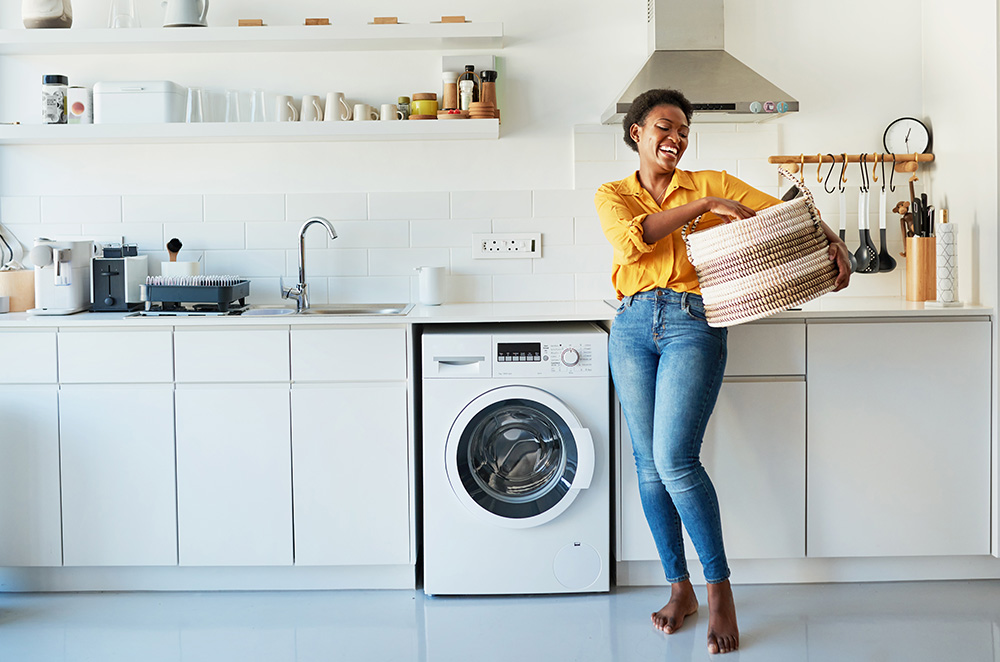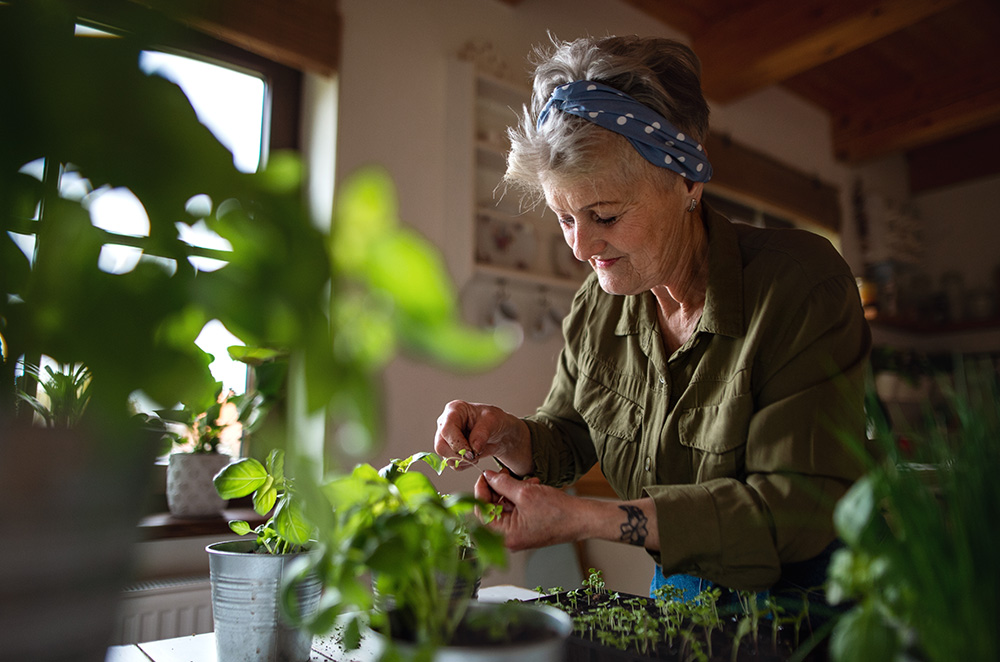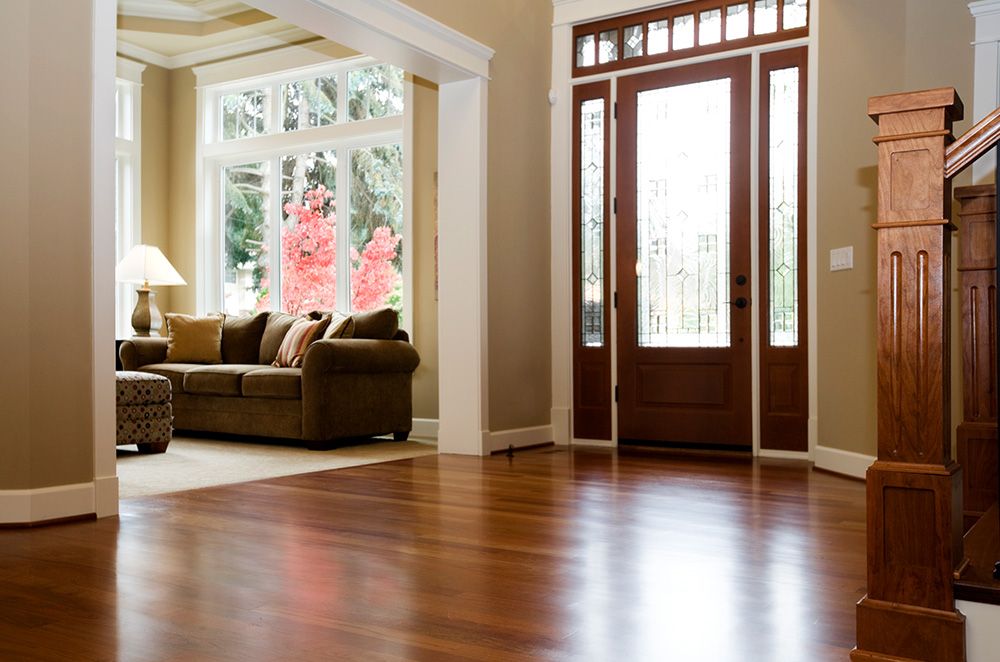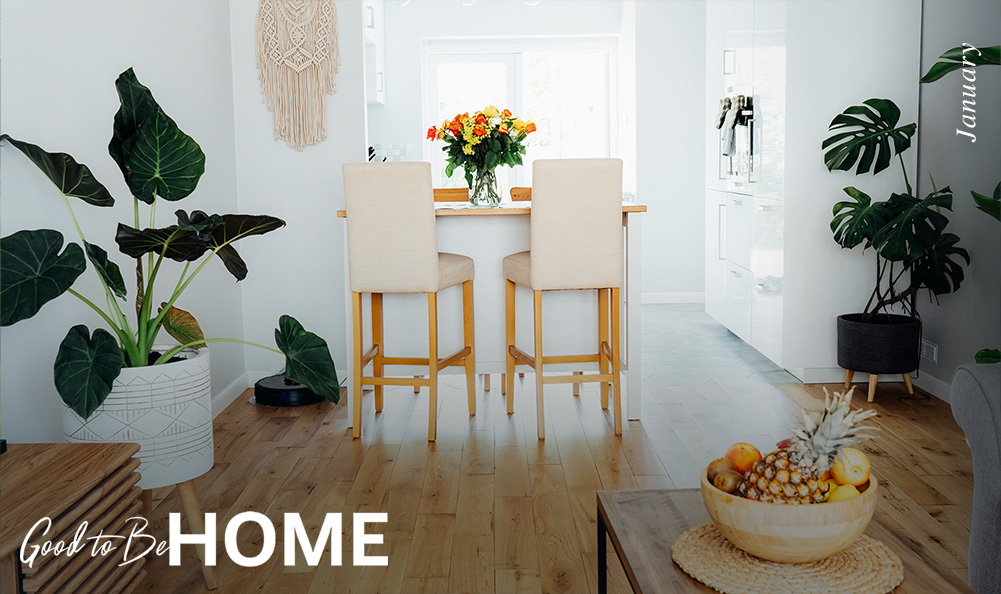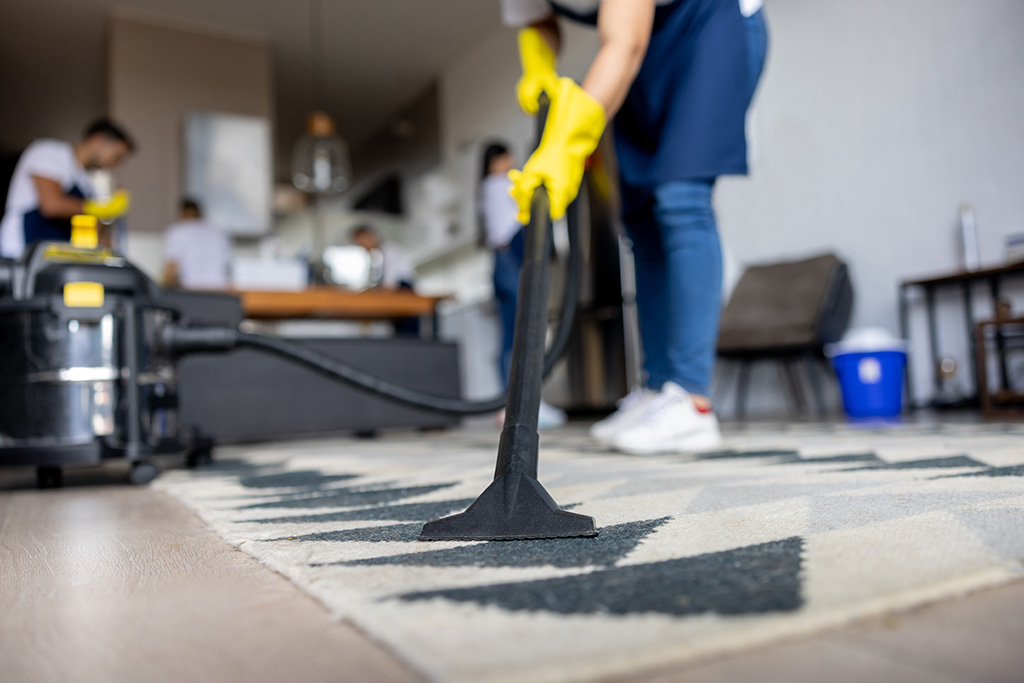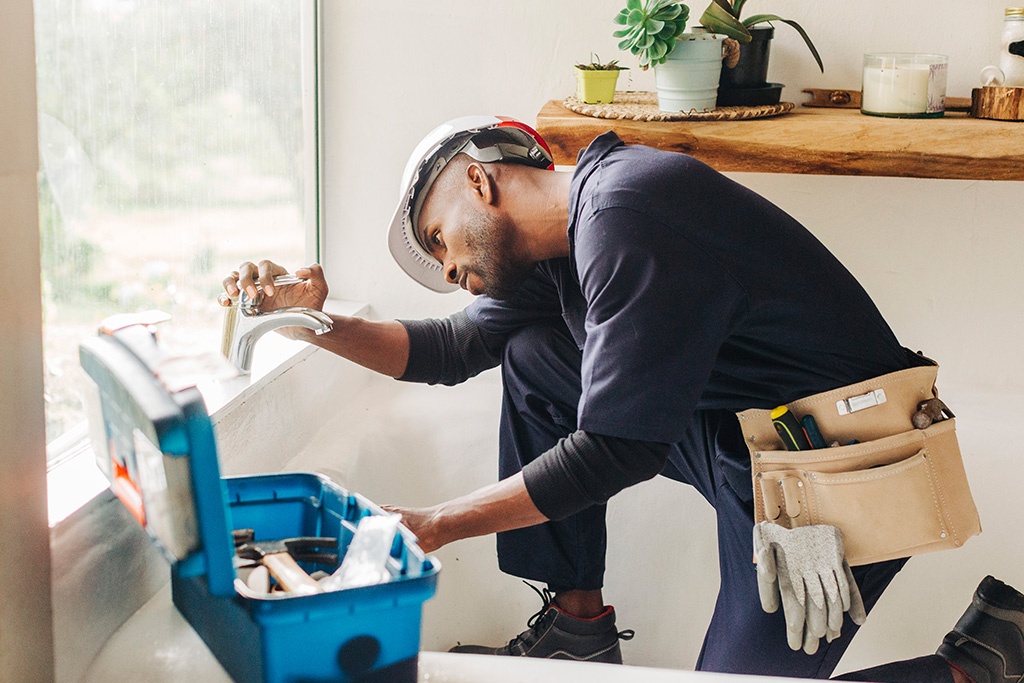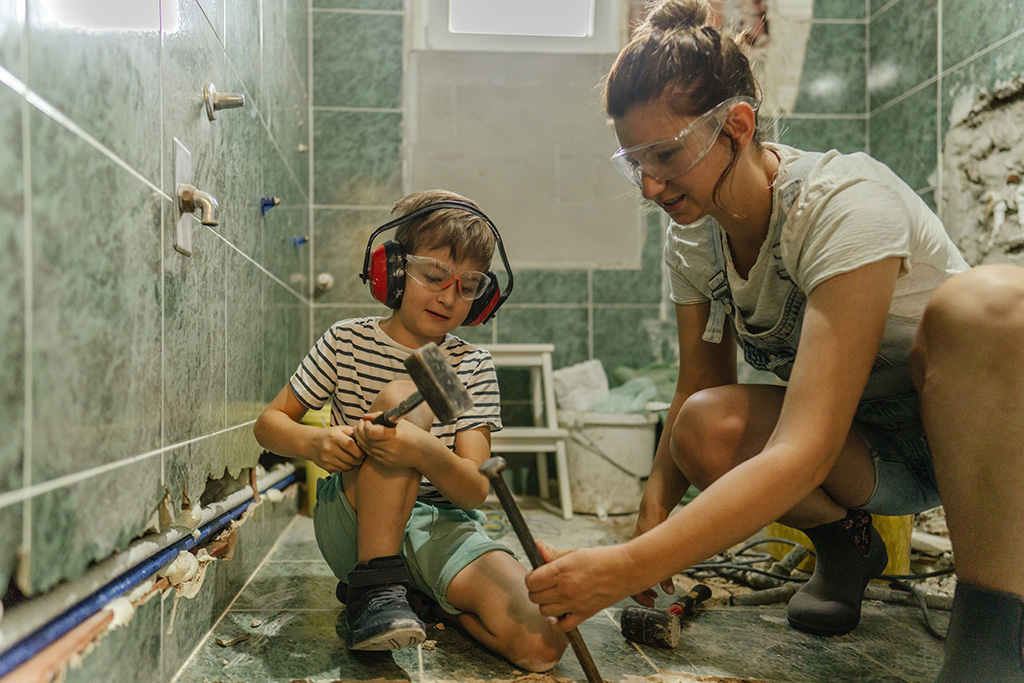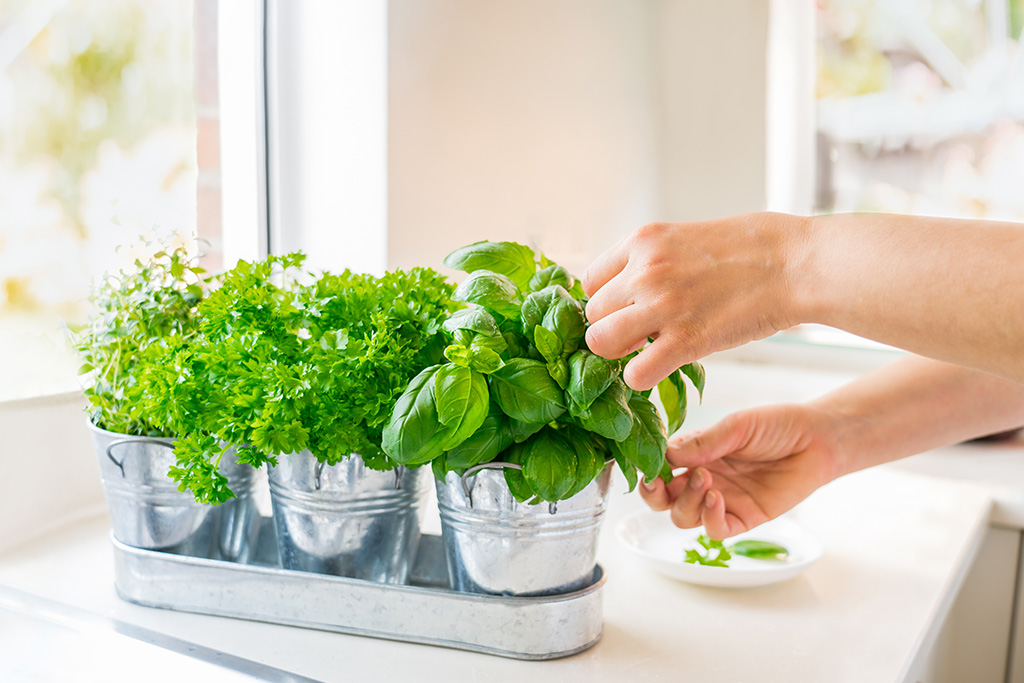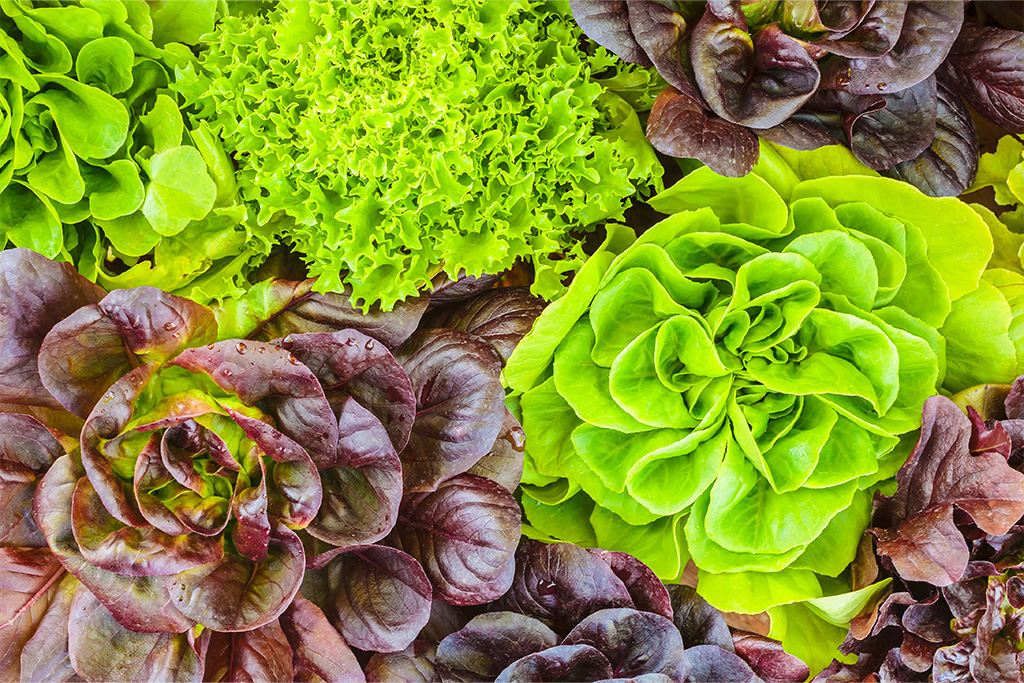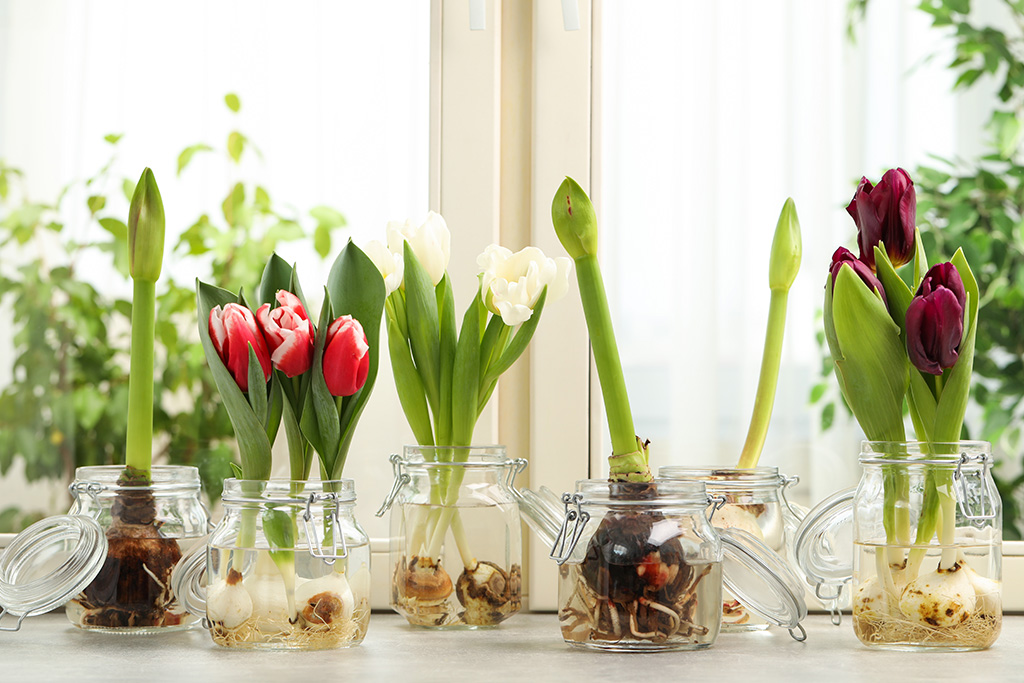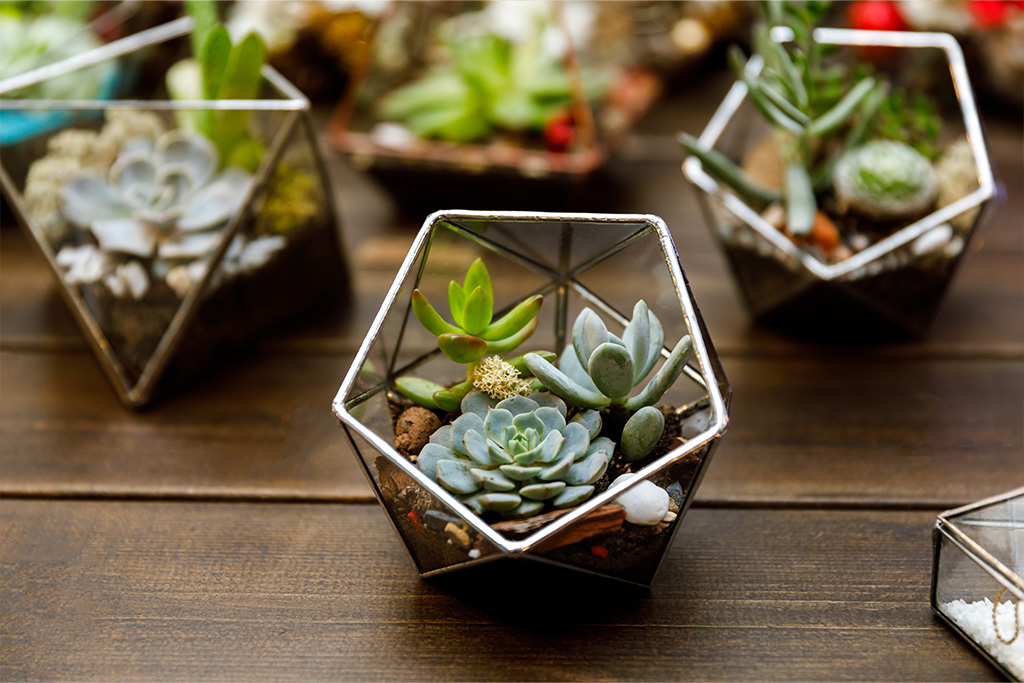Array
(
[0] => Array
(
[item_type] => phone
[content] => Array
(
[label] => Cell
[number] => 7038673436
[extension] =>
)
)
[1] => Array
(
[item_type] => email
[content] => Array
(
[label] => Email
[email_address] => michele@realestateofnva.com
)
)
[2] => Array
(
[item_type] => address
[content] => Array
(
[label] => Office
[addressee] => Real Estate of NVA | Real Broker, LLC
[address1] => 1765 Greensboro Station Place
[address2] => Suite 900
[city] => McLean
[state] => VA
[zip] => 22102
)
)
[3] => Array
(
[item_type] => website
[content] => Array
(
[label] =>
[value] => RealEstateofNVA.com
)
)
[4] => Array
(
[item_type] => social_media
[content] => Array
(
[label] =>
[value] => Facebook.com/RealEstateofNVA
)
)
[5] => Array
(
[item_type] => social_media
[content] => Array
(
[label] =>
[value] => Instagram.com/RealEstateofNVA
)
)
[6] => Array
(
[item_type] => social_media
[content] => Array
(
[label] =>
[value] => Linkedin.com/company/RealEstateofNVA
)
)
[7] => Array
(
[item_type] => social_media
[content] => Array
(
[label] =>
[value] => YouTube.RealEstateofNVA.com
)
)
)
?>
Hardwood flooring is a classic and stylish material, renowned for its warm character as well as its proven boost to home values. However, hardwood is one of the more high-maintenance materials you could select. Homeowners should take care to seal natural wood regularly and clean it often to prevent scratches, dents, stains, and water damage.
Thankfully, hardwood isn’t the only elegant material out there. If you have an active lifestyle or a large family with children and pets, you may want to consider these five alternatives to hardwood. Each is more affordable, lower maintenance, and still just as beautiful.
Laminate
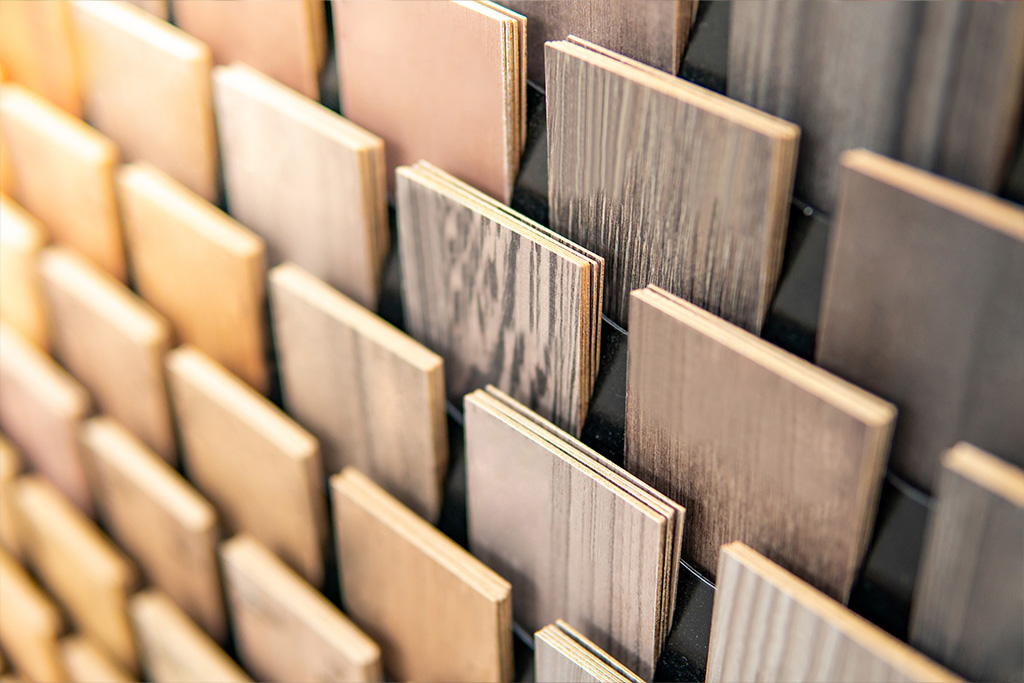
No longer the plain and cheap-looking material associated with office buildings and schools, modern laminate is as attractive as it is pragmatic. This composite flooring material actually contains some wood, but it consists of three different layers, each with its own benefits:
-
- A dense base of plywood or fiberboard made from shredded pieces of real wood
- A decorative film engineered to resemble other materials like hardwood
- A top layer of clear plastic coating for protection and longevity
These ingredients combine for a perfect marriage of flooring benefits. While the real-wood composite is soft to walk on and natural, the decorative layer looks just like genuine hardwood—without the huge investment. Meanwhile, the plastic coating forms a resistant seal against moisture, scratches, pet stains, food stains, and more.
Vinyl
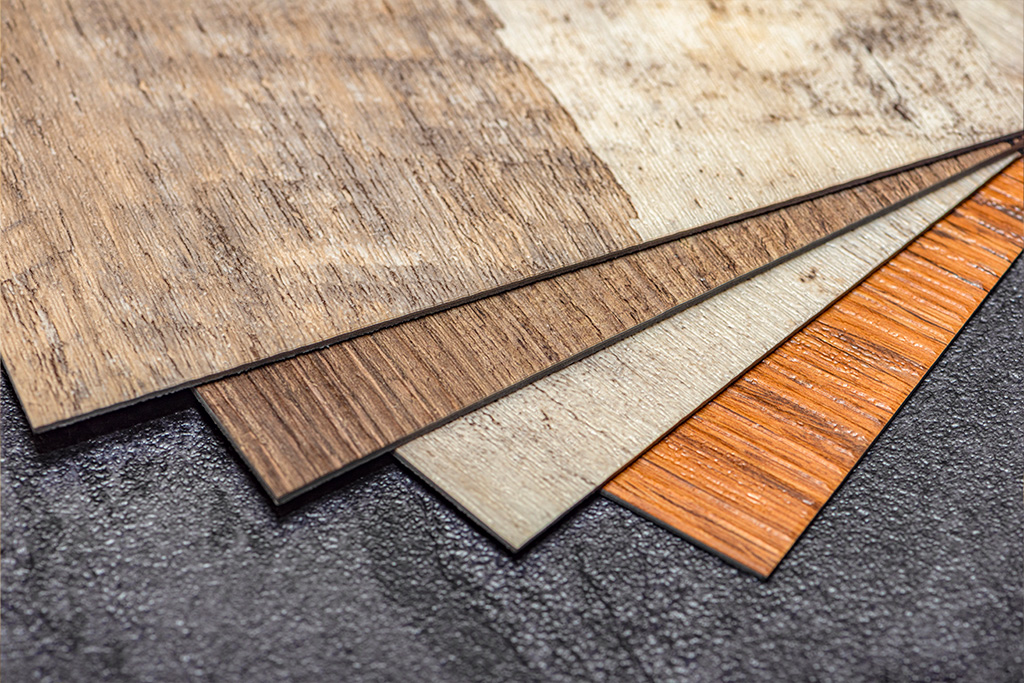
Vinyl, like laminate, is also made with plastic. However, vinyl is completely synthetic, being composed of polyvinyl chloride (PVC), a very common type of plastic. Most people recognize PVC as the material used to make those thick, white plumbing pipes.
Vinyl flooring is visually appealing without sacrificing durability. Like many types of plastic, it is highly damage resistant, water resistant, and easy to clean. Wipe away spills or dirt, and this flooring will look good as new. Genuine hardwood, on the other hand, offers none of those perks. Best of all, vinyl is typically sold in plank form for quick, easy, snap-into-place installation.
But vinyl isn’t just hardy and family friendly. It’s also particularly good for imitating other materials like real wood, making it an excellent alternative to hardwood flooring. Particularly attractive is luxury vinyl tile, which, despite its name, isn’t costly. Note that contractors in your area may refer to it as “luxury vinyl plank” or “wood-plastic composite.”
Linoleum
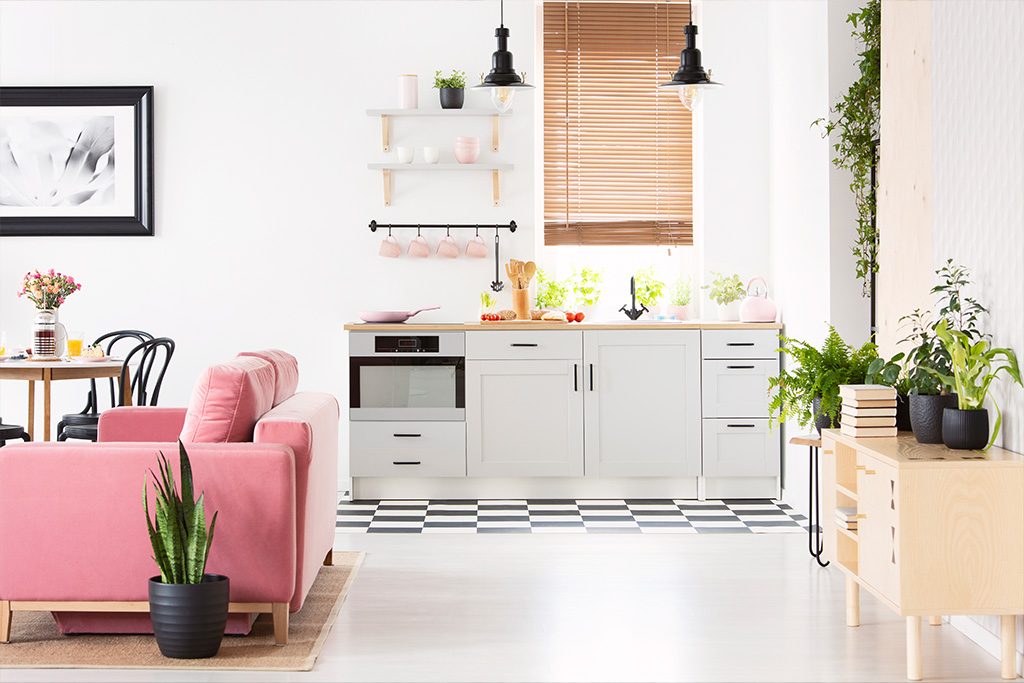
If you’ve ever seen checkered, plasticky tiles in old kitchens, schools, or grocery stores, then you’ve seen linoleum at work. This classic material takes its spot at the rock bottom of the price list and has long been one of the best options for shoppers on a budget.
Like the options above, though, linoleum has received a much-needed style update and is now potentially just as stylish as it is affordable. Plus, linoleum is incredibly durable and easy to clean. It shrugs off moisture and acidic foods like tomato sauce and wine.
Unlike vinyl and laminate flooring, linoleum is a completely green and biodegradable material. It contains no plastic, despite having a plastic texture prior to installation. Rather, it consists of organic materials like flax, oil, jute, cork, and limestone. Despite this hefty ingredient list, though, you may be surprised how closely modern linoleum flooring resembles real wood.
Bamboo
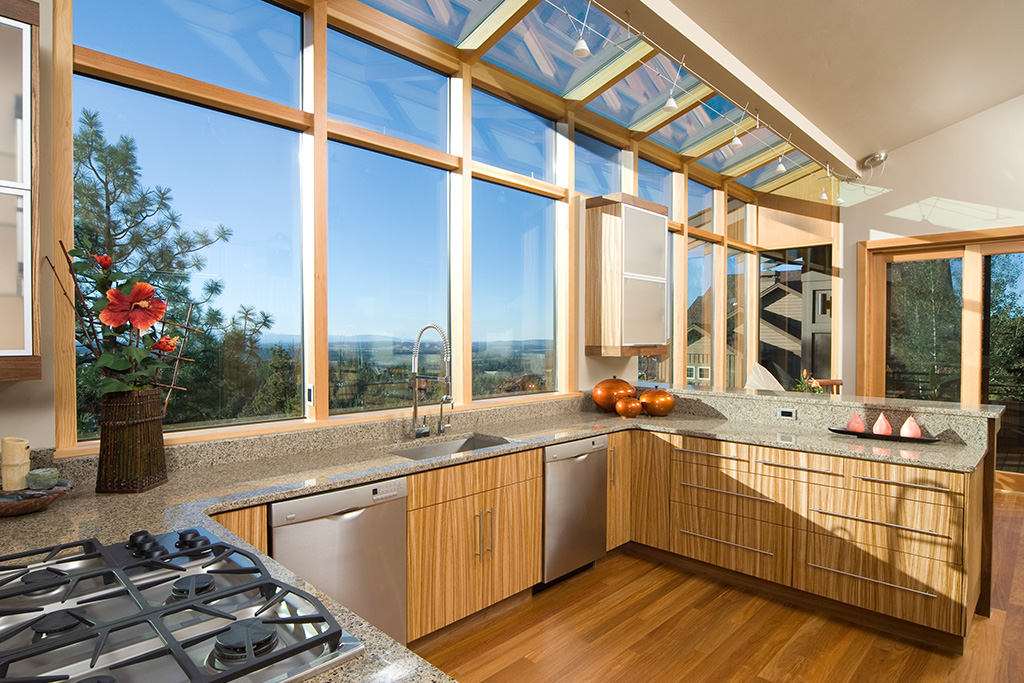
Bamboo is a fairly nontraditional and exotic material that may resemble hardwood flooring, which is typically made from woods like pine and walnut. Bamboo is actually a grass—not technically a tree—that has been harvested for millennia due to its charming color, impressive strength, and eco-friendly benefits. It grows extremely quickly and regenerates soon after harvesting. It’s not historically common in American homes, but that’s due to change.
Install bamboo in your home, and you’ll own an affordable yet strong material and still have bragging rights to genuine, natural flooring. Enjoy the best of natural wood’s warm character and refined elegance, alongside a host of perks you’ll appreciate every day, such as easy cleanup.
Bamboo is available in several natural shades, including warm red-brown and bright yellow-tan, depending on how the grass is treated. However, painting over bamboo flooring isn’t recommended because it will lose its distinctive look.
Stone Tile
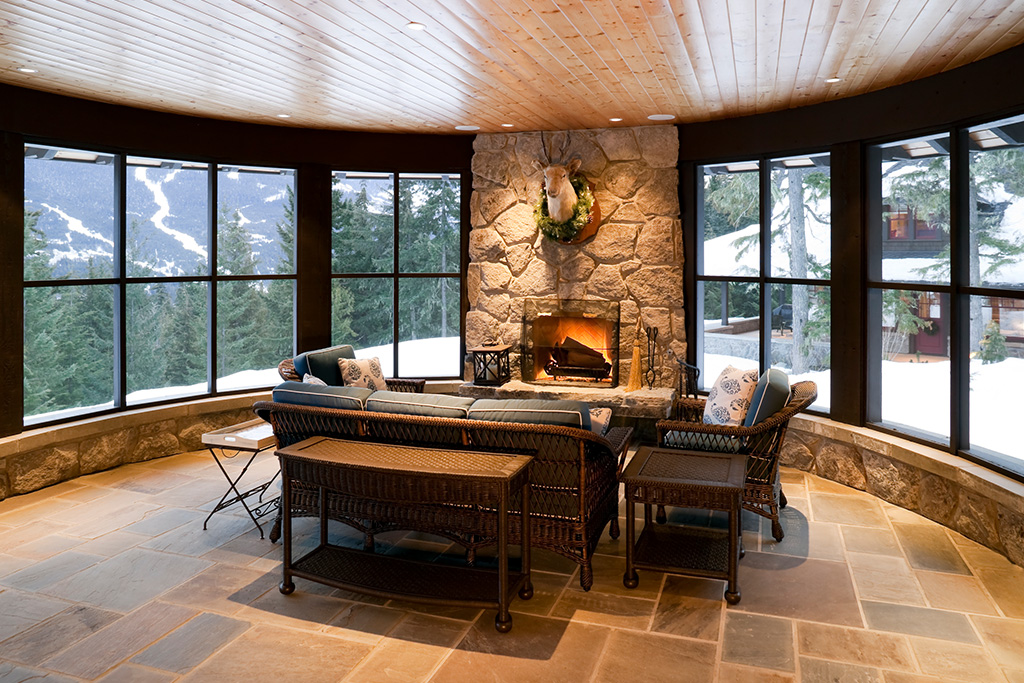
Stone may not look like wood in the least, but this durable and practically maintenance-free material has one major thing in common with hardwood: classic style. Like hardwood, stone tile has been used to build floors for millennia. And like hardwood, stone tile is unlikely to go out of style anytime soon. Its natural, earthy look and old-fashioned character lend a formal look to your home without the drawbacks that make hardwood so difficult to maintain.
While stone and wood are both naturally porous, meaning they can absorb liquids, stone isn’t organic, so it won’t rot or warp when it gets wet. And talk about longevity: intact stone tile in ancient structures is a case for the material’s resistance to foot traffic and active lifestyles. Your most affordable stone options are granite, marble, and sandstone.
Embrace your alternative
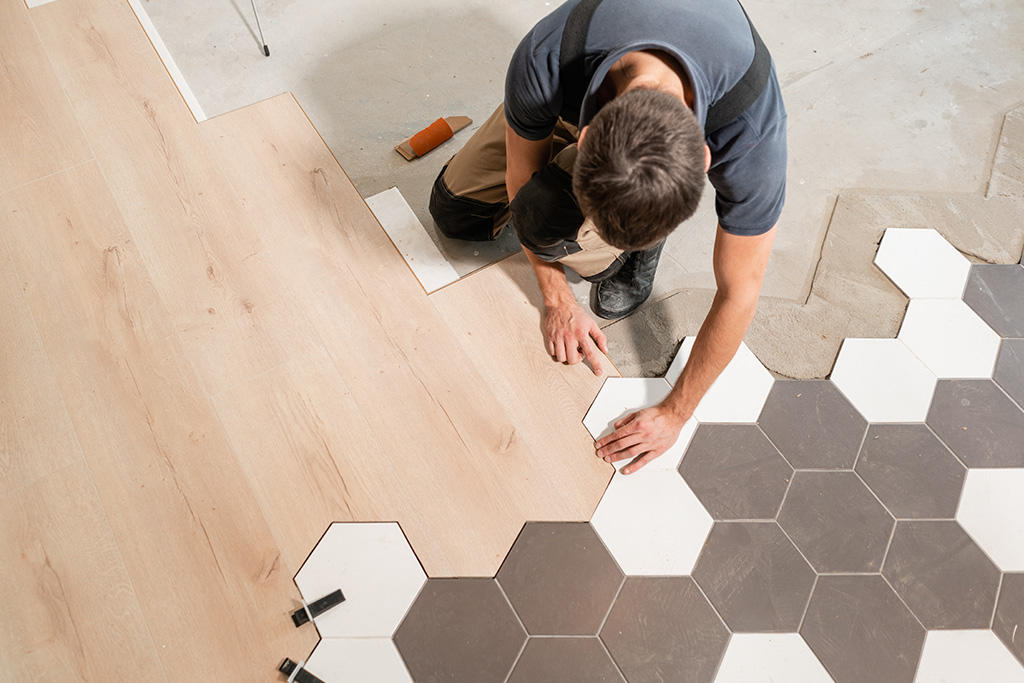
Hardwood flooring has undeniable benefits. Its softness resists weight, and hardwood finished with a sealant like polyurethane includes a layer of scratch and moisture protection. However, if you want the peace of mind of living with a highly durable material every day of your busy life, these five options are up to the task.
